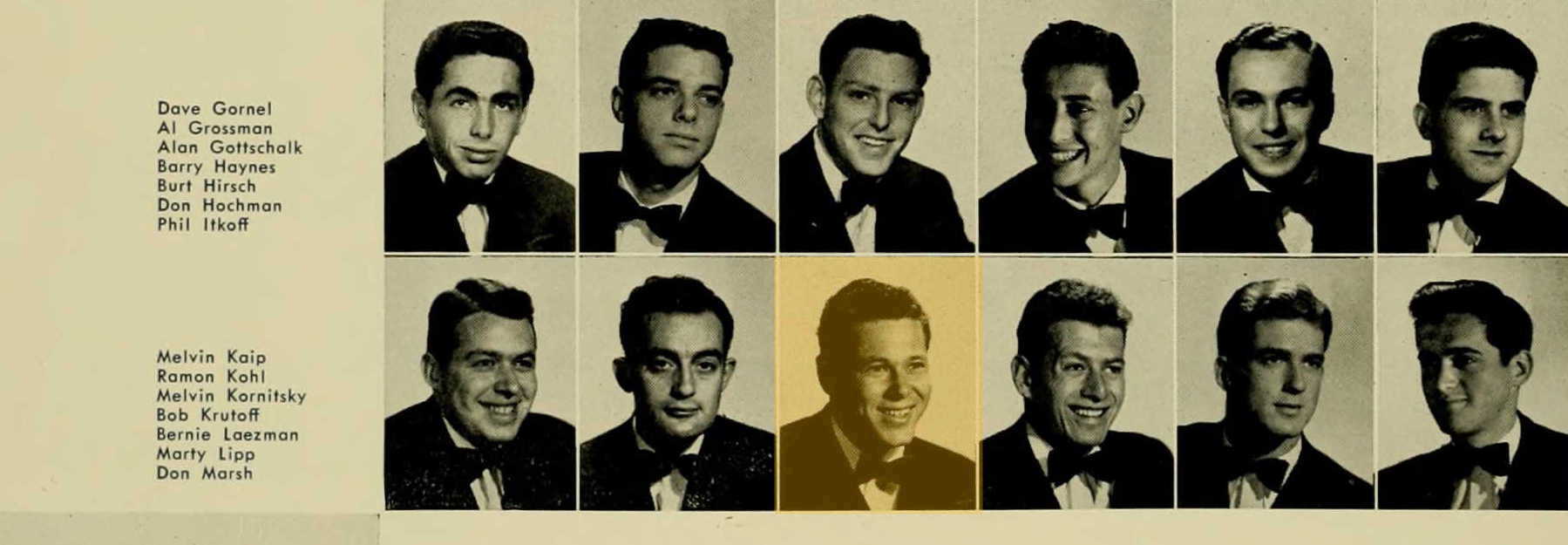TL;DR: 39 years ago The Story of Mel was published on Usenet by its author. Today, we launch the Mel’s Loop project, with some fascinating details about the epic hacker folklore tale.

Today we celebrate the 39th anniversary of the first publication of The Story of Mel by Ed Nather. The Story of Mel was written as a memoir about the era of early computing of the late 1950s, creating a fresh memory of the days when Hackership was first forged. It continued to live through the years as an epic hacker folklore.
Little is known about the origins of The Story of Mel, its characters, and technical aspects. Over the past few years, we've spent a lot of time researching the story. We interviewed people who were related to it, and discovered some interesting details about the life and origins of Mel, Ed, and their stories, as well as the company where it all happened, and developed a deep perspective of Mel’s famous hack.
To celebrate this research, we launch today a new project: Mel’s Loop, which includes an annotated version of the story, along with articles and other materials that are soon to be added to this web companion – related to The Story of Mel, and to the Hacker Folklore genre in general.
During the research we were privileged to publish the translation of The Story of Mel into Hebrew, in an actual literary publication of a print literary periodical, last year. The Hebrew translation, together with Hebrew and English annotations, are now available on the Mel’s Loop website. I believe this is the first translation of the story, and hope the project will attract more translators of other languages.
Here’s a short excerpt from the initial biography entry for Mel Kaye (or as I later found out, Melvin Kornitzky, may he rest in peace) as it appears in annotation next to Mel’s name, on the project’s website:
Mel Kaye (Melvin Kornitzky, 1931-2018) was born in Brooklyn to a family of Jewish immigrants. During his childhood, the family moved to Los Angeles. In the Summer of 1956, Mel joined the commercial department of Librascope, a technology division within General Precision, which held government and army contracts. Mel worked as an Application Engineer in the Commercial Development department at the company's new and fancy Building 3 in Glendale, California. He also provided support to the company's clients on the LGP-30. Within a month from his hiring date, Mel was transferred, along with a few other engineers, to Royal-McBee, a business partner of General Precision that had taken the task of marketing and selling the LGP-30. During his time in Royal-McBee, Mel wrote a Blackjack game that ran on the LGP-30, which soon became the flagship demo program for the new machine and was widely used by the company. When the RPC-4000 was launched, Mel re-wrote (or 'ported') the Blackjack program to be compatible with the RPC-4000, for which he also wrote parts of the Assembly. As we know from The Story of Mel, Mel also helped Ed Nather with the task of writing a Fortran Compiler to that machine. Due to some differences of opinion with the company's management, Mel left Royal-McBee in the early 1960s. Some relics remained of his work, including a few hand-written code sheets and a usage guide to the Blackjack program for the RPC-4000.
Cover Photo: Left to right – Portraits of young Mel Kaye and Ed Nather, circa 1959. Illustration by Nir Yaniv, made according to photos and materials provided by Mel's Loop project.
 (Mel’s portrait, as Melvin Kornitzky, in the UCLA 1951 yearbook)
(Mel’s portrait, as Melvin Kornitzky, in the UCLA 1951 yearbook)

